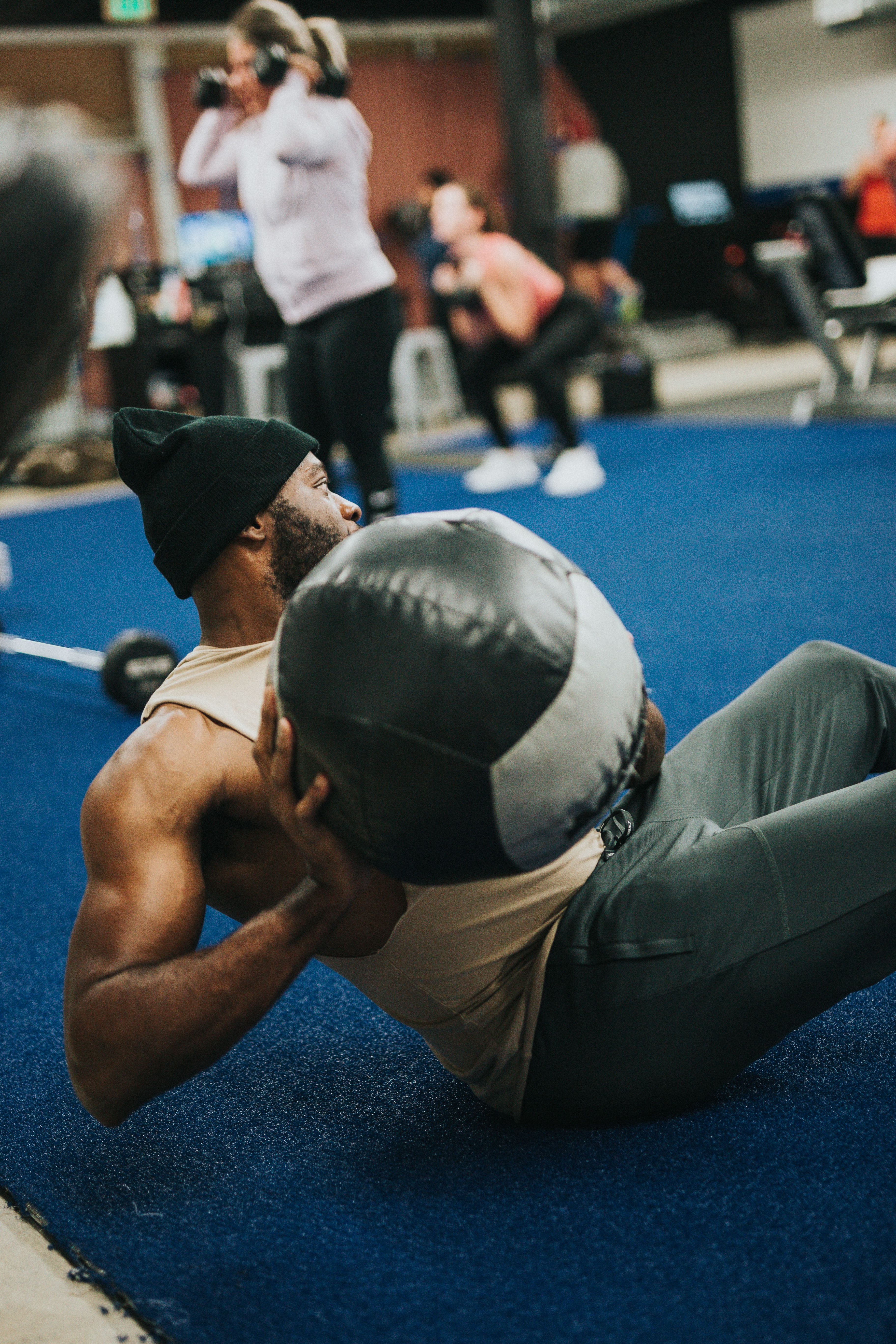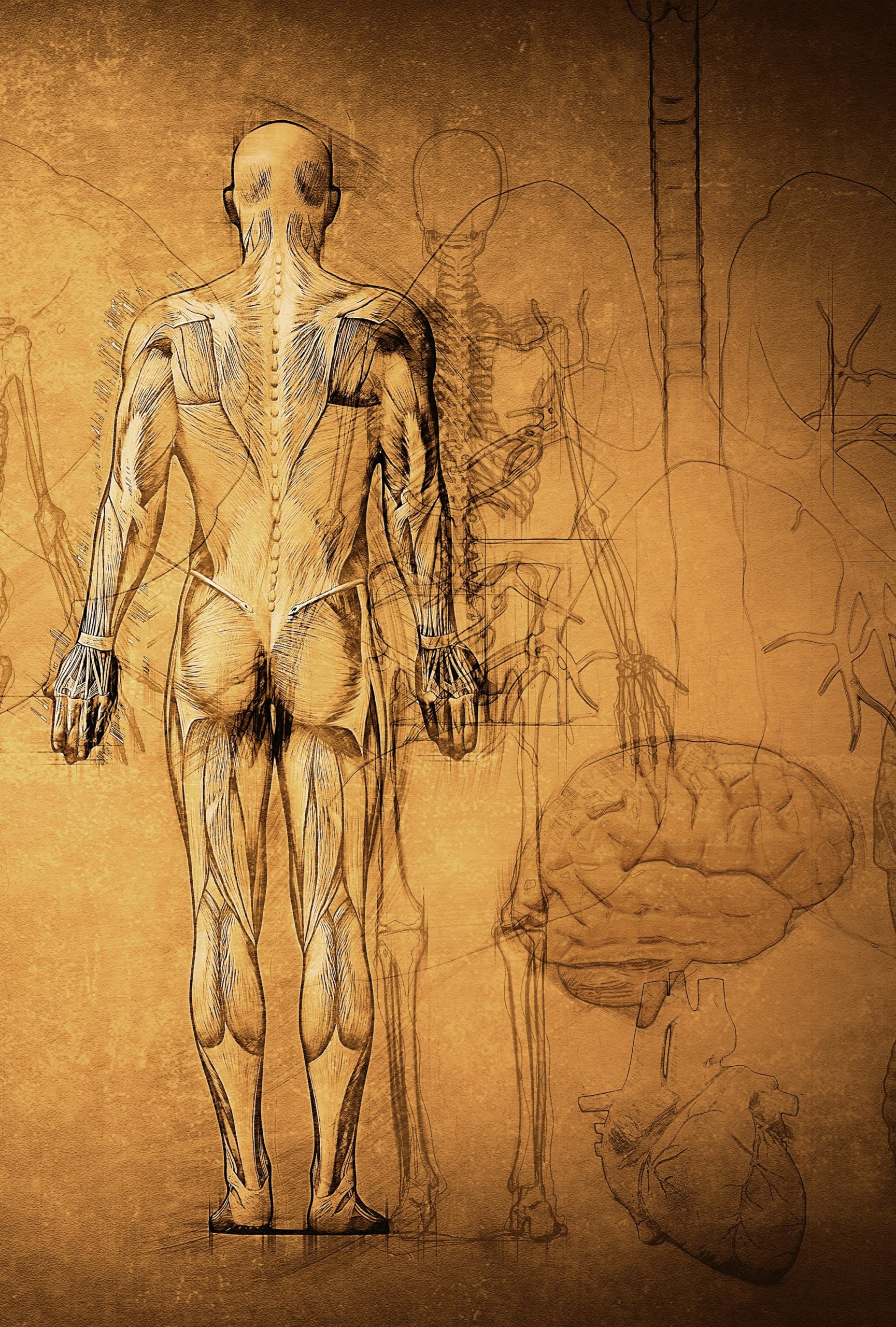Exercise & Movement Rx
– in –
Modern Clinical Practice
Modernize your knowledge and strengthen your practice with an injection of education exploring exercise and movement in a biopsychosocial framework.
Introduction
All health care professionals know that exercise and movement can benefit most every case that they encounter, but often lack the knowledge, skills, or confidence to prescribe them. (Barton 2021)
79% of health care professionals who responded to the Barton (2021) survey believed opportunity for professional development affected their ability to prescribe exercise.
Enter this course.
We will explore the prescription of exercise and movement from different angles and perspectives, becoming comfortable in its vastness and learning many simple ways to apply it in practice.
The foundational concepts of modern clinical practice are constantly evolving, as is the evidence base from which they emerge.
We will discuss what these foundational concepts are, their relevance, and how you can incorporate them into your practice.

Course Description

This two-day, 14-hour course is for health care professionals who are looking to gain skills and confidence in helping people via ‘modalities’ other than manual or electro therapy.
It is for musculoskeletal (MSK) clinicians of all levels of experience who are looking to better understand and incorporate more exercise and movement prescription into their practice.
This course is for those who wish to explore and learn the multitude of ways patient ‘education’ can be used to positively impact outcomes.
It is for those who are keen to level up their practice by getting up to speed on the biopsychosocial model, pain science, person-centered care, evidence-based medicine, and other clinically relevant concepts of modern MSK practice.
To the benefit of your patients, you will learn information and skills that you will be able to apply immediately in your practice.
Though I do teach you some exercises throughout the course, this course’s primary aim is not to increase your exercise database. The primary aim of this course is to inform you of the latest guidelines and principles related to exercise and movement prescription in modern, evidence-based musculoskeletal health care.
Bonus
You will be given access to PDF’s of seminal research papers pertaining to the course.
You will be given a pdf version of the course PowerPoint slide deck.
Credits
CMTBC – Online and In Person both approved for 14 PE credits in Cycle 12 and Cycle 13
CATA – Online and In-Person both approved for 5.6 CEUs
CMMOTA – Online and In-Person both approved for 15 CECs
MTAS – Online and In-Person both approved for 14 Primary Credits
MTAA – Online and In-Person both approved for 17 Primary Credits
MTAM – Online and In-Person both approved for 14 Core Credits
*If you would like me to apply for credits from a governing body that is not listed here, please email me at [email protected]
**Though there is a clinical approach to the course, Strength and Conditioning Coaches and Personal Trainers are more than welcome.

Cancellations
You can receive a full refund up to 14 days before the course start date. Cancellations within 14 days will receive a credit toward a different course date. There is a $30 admin fee for order changes. There is a $50 admin fee for all cancellations.
Hosting an In-Person Course
If you are interested in hosting my course in-person, please email [email protected] to discuss and sort out an arrangement. Thank you.
Day 1 – 8:30am – 4:30pm PST
AM 1
Foundations of Modern Clinical Practice
Biopsychosocial Model, Person-Centred Care, Evidence-Based Practice, Clinical Reasoning, Patient and Clinician Beliefs.
Break
AM 2
Macro Perspective on Human Physiology
Principles of Human Physiology, Physiological Principles of Conditioning, Mechanotransduction, Natural Aging Process.
Lunch
PM 1
Macro Perspective on Pain – Inflammation – Injury
Pain Science, Kinesiopathological Model vs. Adaptation Model, Role of Biomechanics.
Break
PM 2
Macro Perspective on Reducing Rate of Injury & Rehabilitation
“Load Management”, Primary & Secondary Benefits of Exercise, The ‘Education’ Modality, The Shotgun Approach to Case Management.
Day 2 – 8:30am – 4:30pm PST
AM 1
Communication, History & Assessment – Applications
The Power of Words, Who is the person in front of me?, Rule Out Red Flags, Treat the Person, Not the Scan.
Break
AM 2
Exercise & Movement Rx – Applications Part I
Adaptation Model – Rehabilitation Guidelines, When Not To Nudge Into Pain, When to Begin Rehabilitation
Lunch
PM 1
Exercise & Movement Rx – Applications Part II
Choice of Exercise/Movement/Activity, Prescribing & Adjusting Load, Monitoring & Evaluating, Adapting the Plan, Follow-Up, Adherence.
Break
PM 2
Exercise & Movement Rx – Applications Part III
Detailed Case Studies.
